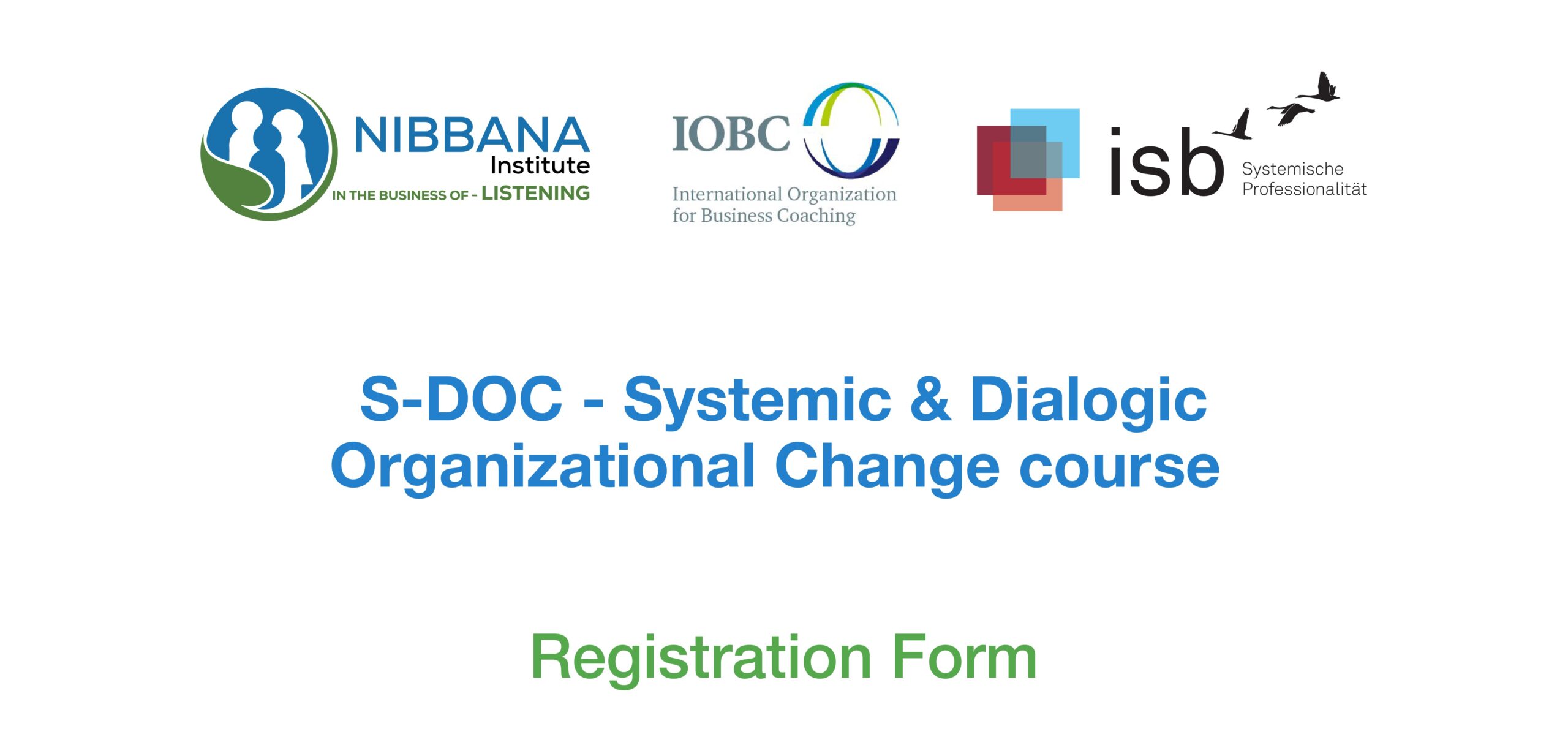Self Monitoring as a tool to enhance Employee Performance
There is a limitation in measuring everything and every one in an organization. Certain measures are necessary so that the organization has a control system. Along with that if the organization can weave a self monitoring culture then the set measures can become meaningful for the employees.
Self monitoring in employees can be introduced in an organization through creating a
- Mistake friendly culture
- Maintaining a dialogic environment
Often, many employees are scared to tell that they made a mistake or they are scared to take an action when they foresee a possible mistake. Petruska Clarkson in her book Fear of Failure mentions, “ every employee how much ever competent or in higher positions always have a doubt on their core expertise. However they are hesitant to admit that they don’t know certain things”.
If the culture is supportive employees can be open about their concerns and admit if they have fear of mistakes or have made a mistake. Also, if no one takes responsibility / or owns up for the mistakes committed, then the organization may spiral towards chaos.
Hence in our training sessions, these explorations about mistakes or fear of failure are done with the support of dialogic control. The subordinate and the management dialogue through “why they can or should do certain things and why they are not supposed to do certain things in an organization”. Going forward with the experience of the workshop the employees learn to dialogue through, with their managers before making a decision and thus the risk of failure or mistake gets minimized. The learning is maximized since all learnings are linked to the work context. By practicing mistake friendly and dialogic control a self monitoring culture can be developed.
An interesting story to depict of self monitoring culture. An individual was interested in learning how to sculpt and he found a master sculptor. The master agreed to teach and asked the student to watch the way he sculpts. The student saw a similar statue next to the one the master was sculpting. Admiring the work of the sculptor the student asked, “ what is the reason you are making this statue similar to the first one”. The sculptor said the first one is broken. The student could not believe as the statue looked perfect. The student asked, “where is it broken? I am not able to see any broken part “. The master said there is small crack on the nose of the statue. The disciple asked “ where will this statue be placed”?. The master showed a high pedestal where the statue will be placed. The student asked, “who will know that the statue is broken when placed at such a height.” The master replied, “It does not matter who will notice whether the statue is broken or not, I will know there is a crack in the statue”.
This is an example of the benefit self monitoring can have on employees





